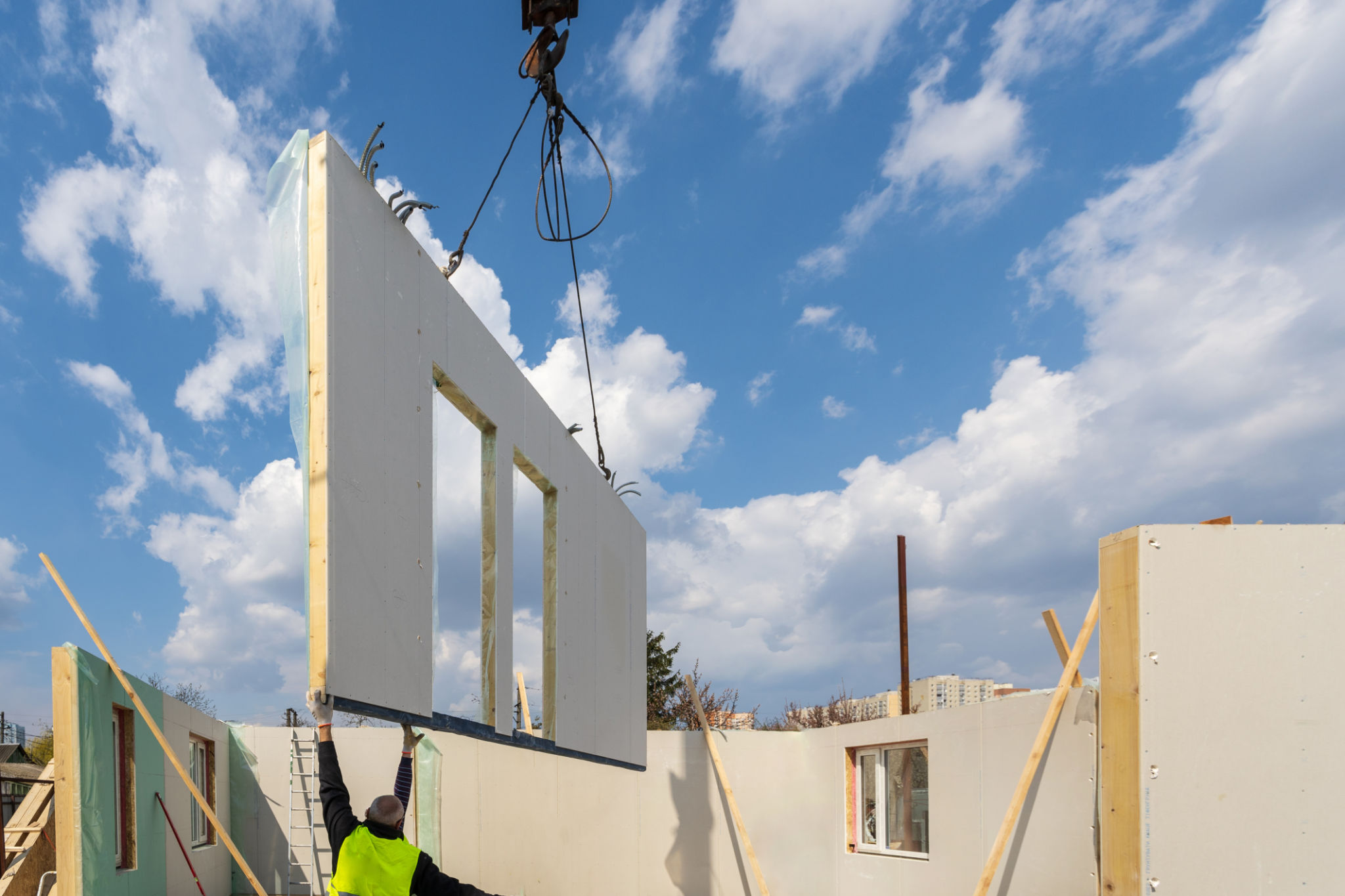Comparing Prefabricated vs. Traditional Construction Methods
Introduction to Construction Methods
The construction industry has evolved significantly over the years, with various methods available to meet diverse project needs. Two of the most prominent techniques are prefabricated and traditional construction. Each has its unique set of advantages and challenges, influencing factors such as cost, time, and sustainability.
Understanding Prefabricated Construction
Prefabricated construction, often referred to as modular construction, involves manufacturing building components off-site in a controlled environment. These components are then transported to the construction site for assembly. This method is renowned for its efficiency and the ability to reduce on-site labor and waste.
Prefabrication allows for significant time savings, as different stages of construction can proceed concurrently. Moreover, the controlled factory environment ensures higher quality control and consistency. These factors make prefabrication an attractive option for projects with tight deadlines or those requiring repetitive unit designs.

Benefits of Prefabrication
There are several benefits to choosing prefabricated construction:
- Speed: Projects can be completed faster due to parallel work processes.
- Quality Control: Components are produced in controlled environments, minimizing defects.
- Sustainability: Less material waste is generated, and energy use is optimized.
Diving into Traditional Construction
Traditional construction methods involve building structures on-site from scratch. This approach is often preferred for custom designs or complex architectural projects that require a high degree of customization and flexibility. Traditional construction allows for more intricate craftsmanship and offers greater adaptability to unforeseen site conditions.
While traditional methods can be slower and potentially more expensive due to labor costs and extended timelines, they provide the opportunity for unique design elements and adjustments throughout the process. This makes them ideal for projects where aesthetic value and craftsmanship are prioritized.

Advantages of Traditional Construction
The following are some key advantages of traditional construction:
- Customization: Offers greater flexibility in design and architectural detail.
- Adaptability: Can accommodate changes more easily during the construction process.
- Aesthetic Appeal: Allows for intricate detailing and craftsmanship.
Cost Considerations
The cost implications of prefabricated versus traditional construction can vary significantly. Prefabrication often results in lower overall costs due to reduced labor expenses and material waste. However, the initial investment in manufacturing facilities and transportation can be substantial. Traditional construction might incur higher labor costs, but it provides more opportunities for on-site adjustments that can prevent long-term expenses related to modifications or repairs.

Sustainability Factors
Sustainability is increasingly becoming a crucial consideration in construction. Prefabricated methods excel in this area by minimizing waste and promoting energy efficiency during production. Traditional methods, while potentially less efficient, offer opportunities for using locally sourced materials, which can reduce the carbon footprint associated with transportation.
Conclusion: Choosing the Right Method
The decision between prefabricated and traditional construction methods depends largely on project requirements, budget constraints, and timelines. For projects prioritizing speed, consistency, and sustainability, prefabrication offers distinct advantages. Conversely, traditional construction remains the preferred choice for those valuing customization and adaptability. Understanding the benefits and trade-offs of each method is essential for making an informed decision that aligns with specific project goals.
